Indigenous Food Travel: A Culinary Postcard
This has not been the best year for travel. For those of us who were planning and preparing, it has been a hard pill to swallow. There’s a hole in our spirit and we are all looking for something to fill it. While many of my friends have turned to books or television documentaries, I have been exploring the world of culinary travel — but not just for cooking recipes. I found inspiration in the preservation of Indigenous food. And that has me planning my next adventure.
Every country has its local cuisine: You can’t think of Italy without thinking of pizza. And the Japanese are known for their sushi. Often when we think of travel, we can associate our favourite memories with the food we enjoyed there. After the journey home, we find ourselves searching for a meal that is “just like we had in…”
While many of these dishes may capture the travel image of a country or region, not all of them are genuine ‘local food’. In the spirit of multiculturalism, some of the most famous travel dishes are a blend of cultures and traditions that have developed over the years. As the culinary hybrids gain popularity (and notoriety), local and Indigenous foods are often passed over or forgotten. A lost link with history. Food is as much a part of cultural identity as music or religion. For some, the preservation of their Indigenous food is akin to protecting their cultural heritage.
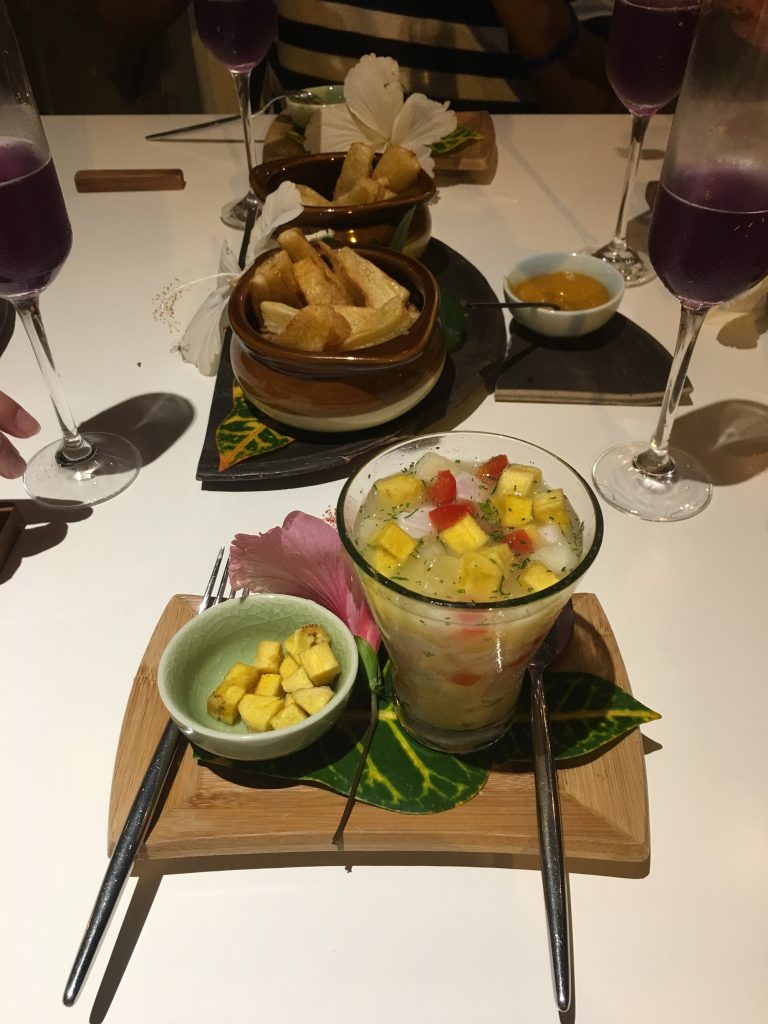
What is ‘Indigenous Food’?
The difference between ‘local food’ and ‘Indigenous food’ is the origin of the food itself. Generally speaking, Local Food is the term used for food produced in the local area. Often it is associated with the ‘Local Food Movement’, action groups who support fresh produce markets and smaller businesses.
Indigenous food is a sub-group of local food. Indigenous food is any produce originating from the immediate environment. It is defined by the ecosystem itself, calling the local area home long before farmers and agriculturalists discovered it. Where local food can often be farmed locally but originate from another country, Indigenous food has grown from the land itself.
There is a Lillypilly tree growing in my backyard. When it fruits, it is covered in dark pink miniature apples, contrasting against the green glossy leaves. Here in Sydney, the fruit is a little bland but I found a way to work with it. When I bake them in a pie with some Granny Smith apples, the distinct “pink lemonade” flavour is released with a spectacular tangy burst. Instantly, I am transported back in time to my first Lilly Pilly fruit; a richer and sweeter taste always associated with summer holidays in the Eungella National Park in North Queensland, Australia. The ‘Lilly pilly’ is local to my Sydney home but it is Indigenous to rainforests on the east coast of Australia. Sadly, I can’t ‘road trip’ up to Queensland right now. However, reliving my travel through Indigenous food is definitely the next best thing.
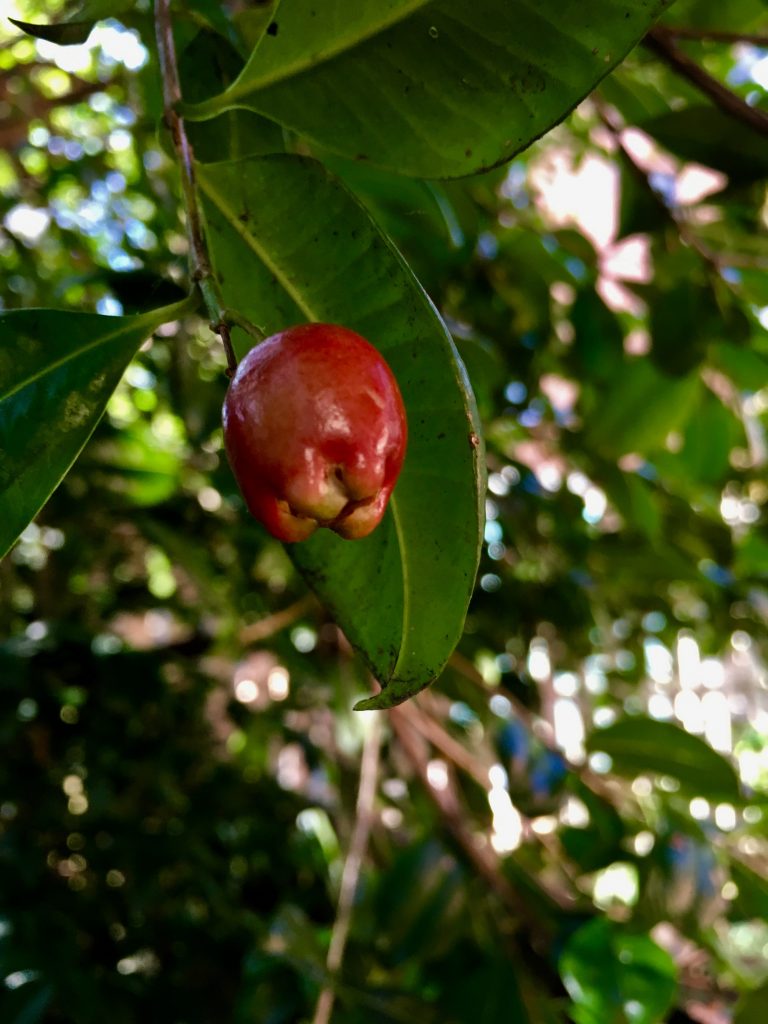
‘Food Tourism’ and Local Cooking Classes
‘Food Tourism’ is a popular feature in the travel industry. It is considered one of many ways to practice responsible travel. Most cooking classes are provided by locals with the knowledge and expertise, in a way to share an understanding of local food and culture. However, as the popularity of ‘Food Tourism’ grows (even in our current COVID-19 environment), the definitions tend to blur and most tour groups end up accommodating to notoriety rather than native foods. It is by far easier to promote a well-known dish to paying tourists rather than re-educate on the history of the land.
Food is as much a part of cultural identity as music or religion. For some, the preservation of their Indigenous food is akin to protecting their cultural heritage.
In the Galapagos Islands, researchers have teamed with culinary experts to find the balance between Indigenous food conservation and the popularity of ‘local’ but imported cuisine. The Galapagos Foundation started as an organisation looking for ways to reduce the impact of humans on the Galapagos Islands. It sounds simple but when you consider how dependent the area is on tourism and human interaction, the task becomes a lot harder. They focused on the relationship between people and the environment through food. With multiple projects on the run, the Galapagos Foundation has encouraged local communities to be directly involved in the documentation of flora and fauna species throughout the Islands. Each Indigenous plant is studied for any potential culinary benefit, ranging from bread to salsa and cocktail drinks. The same plants are also grown in the kitchen on the roof of MUYU, a pilot project of the Galapagos Foundation. Even during the COVID-19 pandemic, the Foundation has continued to develop organic gardens and agricultural research to provide for their staff and families.
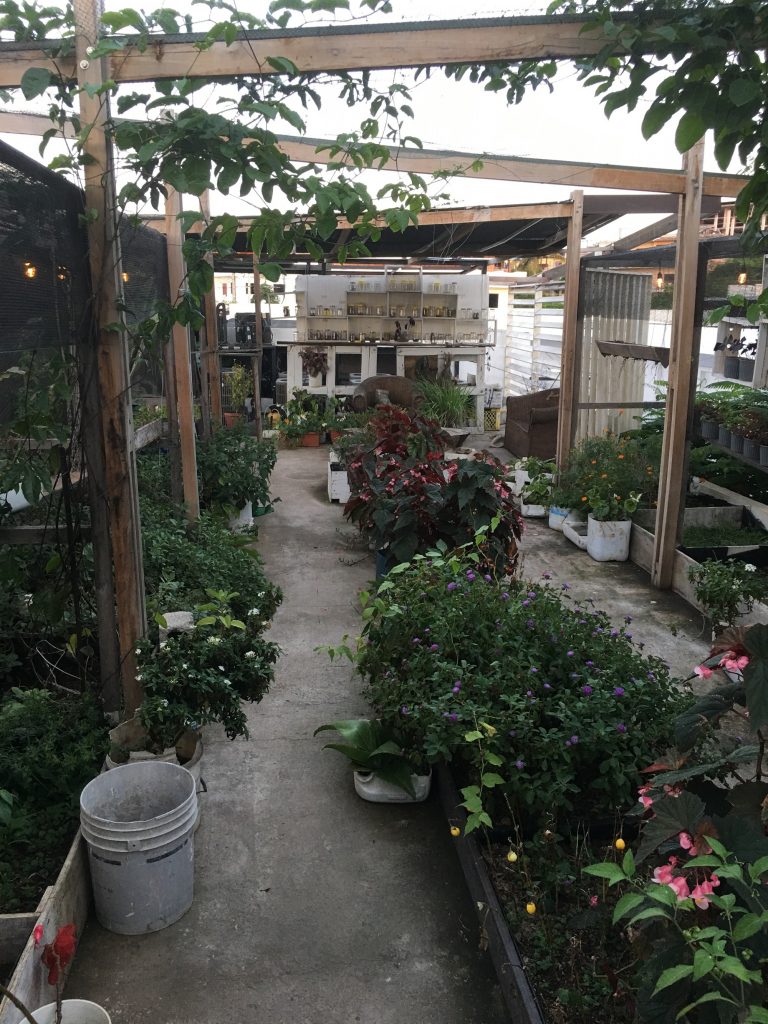
This knowledge is then brought directly to their kitchen and further developed in local community education programs. The public ‘face’ of all of this is MUYU, a restaurant and bar on San Cristobel Island with a menu full of local and indigenous foods. While MUYU gains most of its popularity from delicious food and drink, the real treasure is the conservation of Indigenous culinary heritage. Thanks to their research, visitors to the islands can taste the unique character of the Galapagos Islands.
The success of MUYU has gained the attention of global organisations who are looking for sustainable developments to support local communities and their unique cultural identity. While the airport has closed and tourism has slowed during the COVID-19 Pandemic, MUYU and the Galapagos Foundation strive to continue their research and community programs. This is with thanks in part to financial support from previous visitors who can’t visit right now but still remember the food as a defining feature of their travels.
Culinary Benefits for Your Travel
Right now, travel may not be the best option for everyone. Many countries are still closed to visitors and the health risk is considered high in some areas. The travel industry as a whole has taken a massive hit, with many small operators and community-based programs suffering the most.
The recommendation for those who are able to travel is to keep it local. Here is the opportunity to explore your backyard, especially the local environment. Learn about the ‘natural grocery store’ in your area. Search for an Indigenous cooking class or community group and discover new secrets about your very own neighbourhood. If your heart (and stomach) are dreaming of food from further far, reach out to your favourite venues or communities from previous travels and ask them for ideas. In our digital age, many tourism venues and community groups are offering online cooking classes and Indigenous food workshops. Ask them how you can support their research for future menu items when you next visit.
For some of us (me included), the memory of travel and food is interlinked. Though I can’t travel abroad, I can at least revisit my fondest memories with my favourite cultural dishes. And to be honest, my stomach thinks it really is the next best thing.
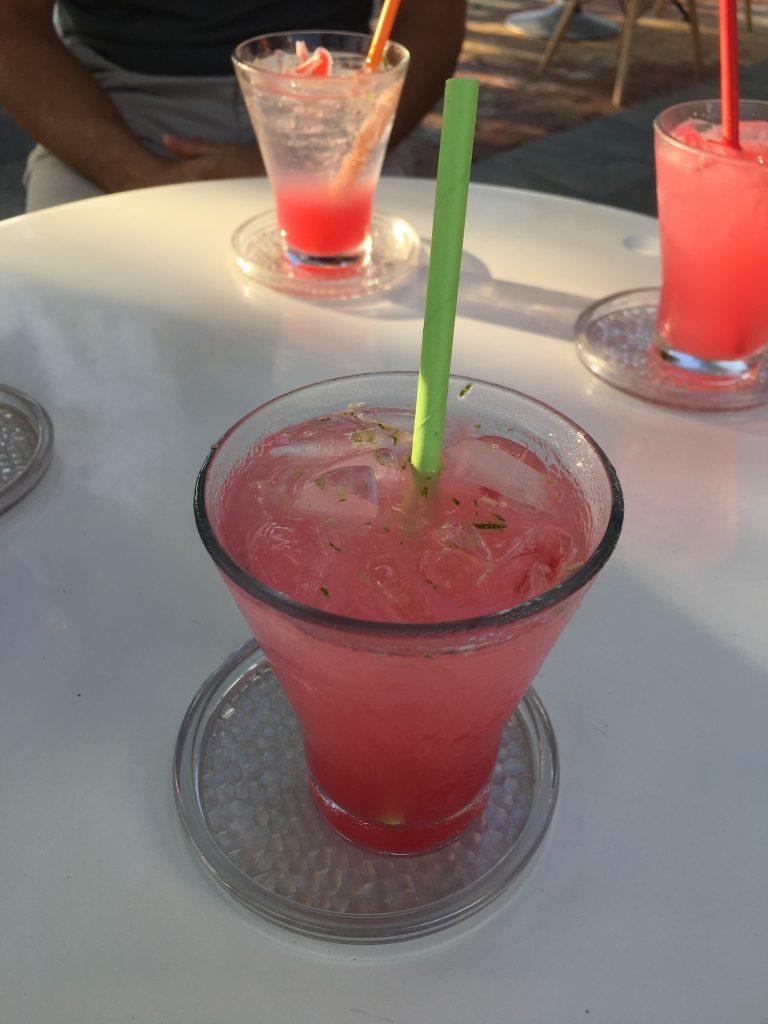
COVER: The Oxalis Morada is indigenous to the Galapagos Islands and many regions of South America. Photo: Brent Cahill
Book Your Travel to ANY Destination
Use the interactive map below to search, compare and book hotels & rentals at the best prices that are sourced from a variety of platforms including Booking.com, Hotels.com, Expedia, Vrbo, and more. Search for ANY destination by clicking in the upper left corner of this map. You can also use the filter to fine-tune your search, and find restaurants, attractions, and more!

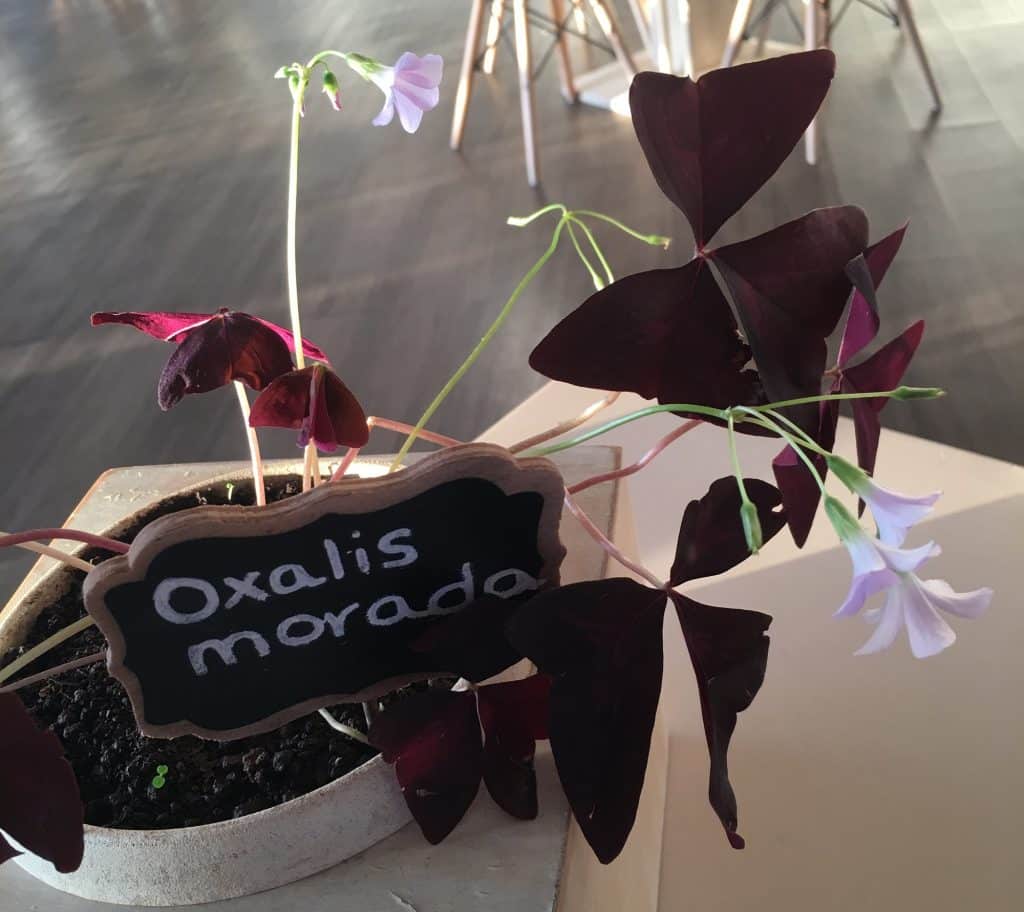
初来乍到,多多关照!消灭新冠,人人平安!